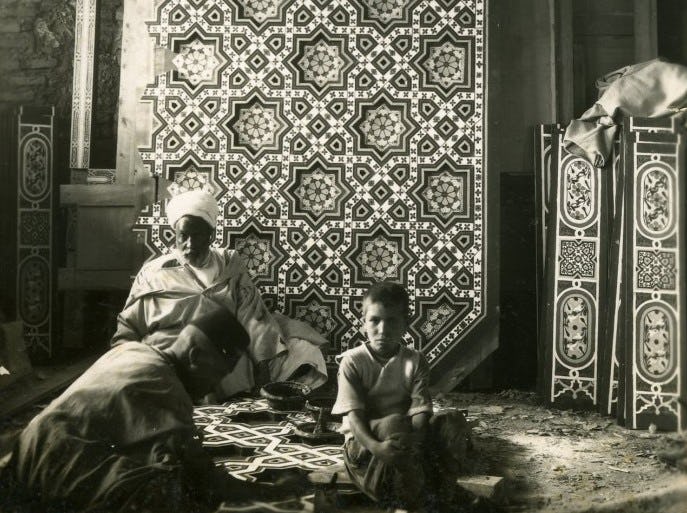Gold and Gem-Inset Ivory Elephant Figurine with Howdah and Mahout
Date19th - 20th century
PeriodBritish India/Princely States
MediumIvory, gold, seed pearls, glass pendants, hardstones, wood base
DimensionsOverall: 4 x 2 3/8 x 3 3/8 in. (10.2 x 6 x 8.6cm)
ClassificationsOrganics
Object number71.3
DescriptionThis ivory elephant stands with its trunk curled, baring a rider ensconced in a bejeweled howdah, or seat, upon its back. The elephant’s royal regalia and elaborate charge are made of gold inlaid with jewels and fringed with seed pearls and glass beads. In India, elephants were associated with royalty, used as fearsome steeds in battle, and as magnificent mounts for ceremonial occasions. Their symbolic importance and utility continued into the 19th century, when much of India was under British colonial rule. In 1877, Queen Victoria was named Empress of India. Grand durbars were held in Delhi in 1902, 1903, and 1911 to mark the succession of the colonial rulers. A historic photo, now housed at the Library of Congress shows an elephant in full regalia, baring a mahout, howdah and rider at the Durbar Camp in Delhi.
On View
Not on viewCollections
19th - 20th century
19th century
20th century
19th - 20th century
19th century















